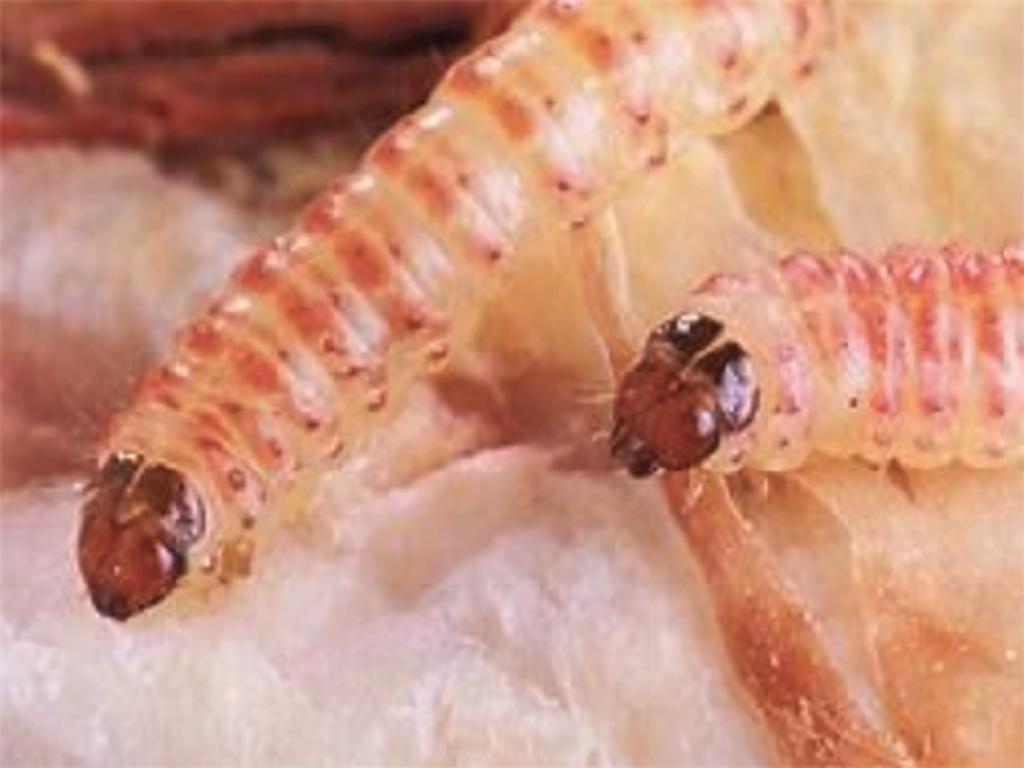
Hundreds of farmers from the cotton belts of Jind, Sirsa, Hisar, Fatehabad, and Bhiwani districts marched to Karnal and staged a dharna outside of the Mini Secretariat, asking for compensation on the pattern of Punjab.
Farmers also marched in the evening, accusing the government of turning a blind eye to their concerns.
In his address to the farmers, Mandeep Nathwan, president of the Pagdi Sambhal Jatta Kisan Sanghrash Samiti, stated that thousands of acres of standing cotton crop were damaged by pink bollworm and rainfall, but the government had not compensated them, whereas the Congress government in Punjab had compensated the aggrieved farmers with 17,000 per acre. Protesters promised to escalate their agitation if their compensation demand was not met soon.
What is Pink Bollworm?
Pink bollworms are serious cotton pests. The larvae feed on the seeds and damage the cotton fibers, lowering crop quality and production. Every year since its discovery, it has incurred millions of dollars in cotton damage and control costs. The adult is a small, thin, gray moth with fringed wings. The larva is a dull white caterpillar with eight pairs of legs with conspicuous pink banding along its dorsum. The larva reaches one-half inch in length.
The pink bollworm has now been identified in almost all cotton-growing nations across the world, and it is a major pest in many of these locations. Researchers have been looking for biological control strategies such as parasitoids and hyper-parasitoids for a long time.
Infestation on susceptible cotton is generally controlled with insecticides. Once a crop has been harvested, the field is plowed under as soon as possible to stop the life cycle of the new generation of bollworm. Unharvested bolls harbor the larvae, so these are destroyed.
















